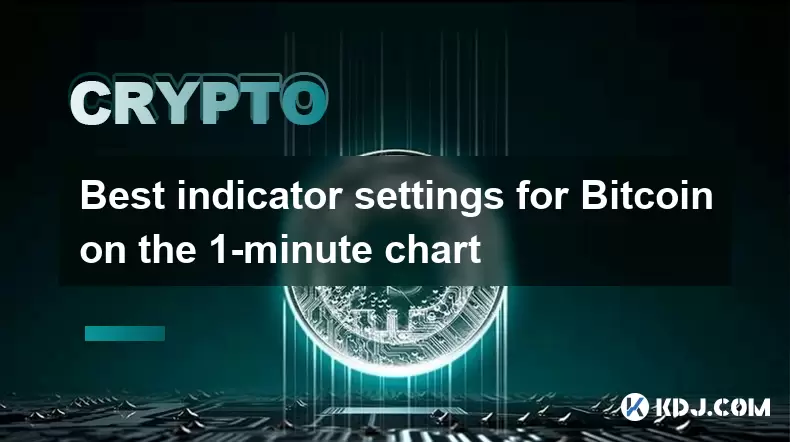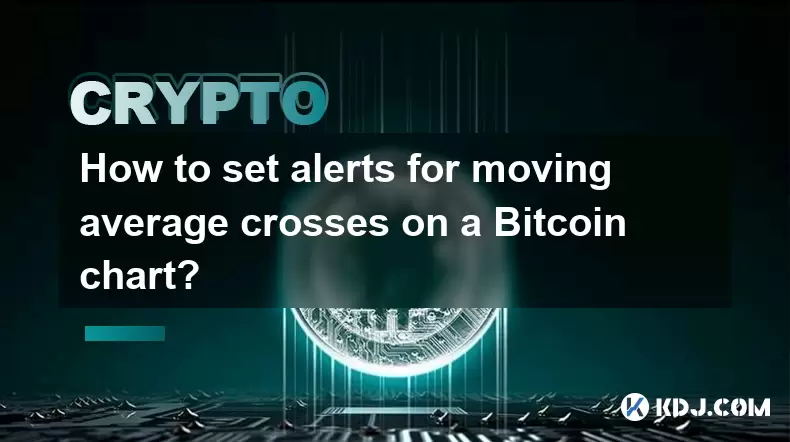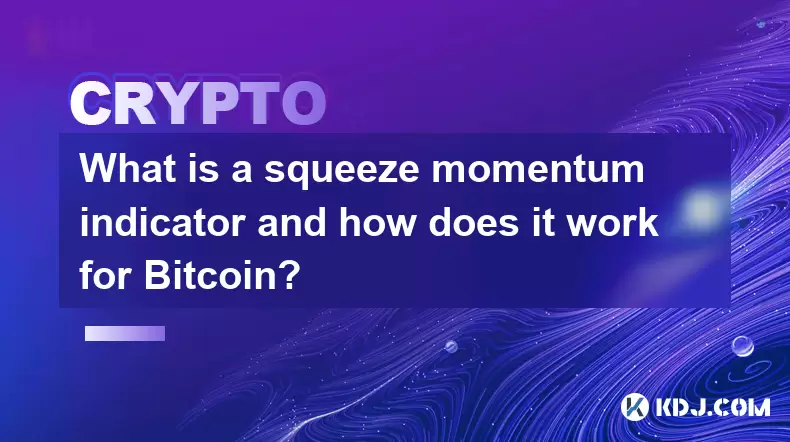-
 Bitcoin
Bitcoin $108,017.2353
-0.81% -
 Ethereum
Ethereum $2,512.4118
-1.58% -
 Tether USDt
Tether USDt $1.0002
-0.03% -
 XRP
XRP $2.2174
-1.03% -
 BNB
BNB $654.8304
-0.79% -
 Solana
Solana $147.9384
-1.76% -
 USDC
USDC $1.0000
-0.01% -
 TRON
TRON $0.2841
-0.76% -
 Dogecoin
Dogecoin $0.1636
-2.09% -
 Cardano
Cardano $0.5726
-1.72% -
 Hyperliquid
Hyperliquid $39.1934
1.09% -
 Sui
Sui $2.9091
-0.59% -
 Bitcoin Cash
Bitcoin Cash $482.1305
0.00% -
 Chainlink
Chainlink $13.1729
-1.54% -
 UNUS SED LEO
UNUS SED LEO $9.0243
-0.18% -
 Avalanche
Avalanche $17.8018
-1.90% -
 Stellar
Stellar $0.2363
-1.69% -
 Toncoin
Toncoin $2.7388
-3.03% -
 Shiba Inu
Shiba Inu $0.0...01141
-1.71% -
 Litecoin
Litecoin $86.3646
-1.98% -
 Hedera
Hedera $0.1546
-0.80% -
 Monero
Monero $311.8554
-1.96% -
 Dai
Dai $1.0000
-0.01% -
 Polkadot
Polkadot $3.3473
-2.69% -
 Ethena USDe
Ethena USDe $1.0001
-0.01% -
 Bitget Token
Bitget Token $4.3982
-1.56% -
 Uniswap
Uniswap $6.9541
-5.35% -
 Aave
Aave $271.7716
0.96% -
 Pepe
Pepe $0.0...09662
-1.44% -
 Pi
Pi $0.4609
-4.93%
Best indicator settings for Bitcoin on the 1-minute chart
For Bitcoin trading on the 1-minute chart, using optimized indicators like EMA, RSI, MACD, and Bollinger Bands helps filter noise, identify trends, and capture momentum shifts.
Jul 05, 2025 at 07:34 pm

Understanding the Importance of Indicators for Bitcoin Trading
When trading Bitcoin on the 1-minute chart, selecting the right technical indicators is crucial. The fast-paced nature of this timeframe means that price action can change rapidly, and traders must rely on precise tools to make informed decisions. Indicators help identify trends, reversals, momentum shifts, and potential entry or exit points. However, not all indicators perform equally well on such a short time horizon.
The goal is to filter out noise while capturing meaningful price movements, which requires fine-tuning indicator settings specifically for the 1-minute chart.
Moving Averages: Filtering Out Noise
Moving averages are foundational tools in technical analysis. For Bitcoin on the 1-minute chart, shorter periods are more responsive to recent price changes, making them more suitable than longer-term averages.
- EMA (Exponential Moving Average) with period 9: This setting reacts quickly to price changes, helping traders spot short-term trends and potential reversal zones.
- SMA (Simple Moving Average) with period 21: Offers a slightly smoother line, useful when confirming trend direction alongside EMA signals.
Combining these two can offer dual confirmation — when the 9-period EMA crosses above the 21-period SMA, it may signal a short-term bullish move. Conversely, a cross below could indicate bearish momentum.
Relative Strength Index (RSI): Gauging Overbought and Oversold Levels
The Relative Strength Index (RSI) is invaluable for identifying overbought and oversold conditions. On the 1-minute chart, volatility is high, so adjusting RSI settings helps reduce false signals.
- RSI with period 7: A faster RSI setting that adapts better to the rapid price swings seen on the 1-minute chart.
- Overbought level at 80 and oversold at 20: These thresholds provide clearer signals compared to the traditional 70/30 levels due to the compressed timeframe.
Traders should look for divergences between RSI and price action. If Bitcoin's price makes a new high but RSI fails to confirm, it might suggest weakening momentum and an imminent pullback.
MACD: Detecting Momentum Shifts
The Moving Average Convergence Divergence (MACD) is a powerful tool for detecting shifts in momentum. It works by analyzing the relationship between two EMAs and a signal line.
For the 1-minute chart, the following MACD settings tend to yield actionable insights:
- Fast EMA: 12
- Slow EMA: 26
- Signal Line: 9
Key signals to watch:
- Crossovers: When the MACD line crosses above the signal line, it suggests bullish momentum; crossing below indicates bearish pressure.
- Histogram bars: Increasing bar height indicates strengthening momentum, while shrinking bars suggest waning energy in the current trend.
Bollinger Bands: Measuring Volatility
Bollinger Bands are essential for assessing volatility and potential breakout opportunities. They consist of a middle moving average and two standard deviation bands above and below.
For the 1-minute chart, optimal settings include:
- Period: 20
- Standard Deviations: 2
On the 1-minute chart, Bollinger Bands can help identify squeeze patterns and overextensions:
- Price touching upper band: May indicate overbought conditions or a continuation of the uptrend if volume supports it.
- Price touching lower band: Could signal oversold conditions or a potential downtrend continuation.
A volatility squeeze, where bands narrow significantly, often precedes a sharp move. Monitoring volume during these phases can enhance accuracy.
Volume Profile: Understanding Market Participation
Volume plays a critical role in confirming price movements. On the 1-minute chart, using Volume Profile instead of standard volume bars can offer deeper insight into where significant buying or selling occurred.
Ideal settings for Volume Profile on the 1-minute chart:
- Time range: Last 24 hours
- POC (Point of Control): Highlighted clearly
Key observations:
- If Bitcoin’s price is near POC: Indicates a balanced market with no strong directional bias.
- Price moves above/below value area: Can signal a breakout or rejection depending on follow-through.
This allows traders to gauge institutional or algorithmic participation levels and adjust their entries accordingly.
Frequently Asked Questions
Q: Can I use the same indicator settings across different cryptocurrencies?
While many settings apply broadly, each cryptocurrency has unique volatility and liquidity characteristics. It's important to test and adjust indicators based on individual asset behavior.
Q: How do I avoid false signals on the 1-minute chart?
Use multiple indicators in combination rather than relying on a single one. Also, consider filtering signals with volume and order flow data to increase accuracy.
Q: Is it necessary to manually adjust indicator settings throughout the day?
Not necessarily. Once optimized for the 1-minute chart, most settings remain effective unless there's a sudden change in market structure or news-driven volatility.
Q: Should I backtest these settings before live trading?
Yes. Backtesting on historical 1-minute data helps validate effectiveness and ensures you understand how these settings behave under various market conditions.
Disclaimer:info@kdj.com
The information provided is not trading advice. kdj.com does not assume any responsibility for any investments made based on the information provided in this article. Cryptocurrencies are highly volatile and it is highly recommended that you invest with caution after thorough research!
If you believe that the content used on this website infringes your copyright, please contact us immediately (info@kdj.com) and we will delete it promptly.
- Royal Mint Coins: Unearthing the Rarest Queen Elizabeth II Treasures
- 2025-07-06 00:30:12
- Arctic Pablo Price Hike: Is Housecoin Feeling the Chill?
- 2025-07-06 00:30:12
- Bitcoin, Kiyosaki, and Acquisition: A Perfect Storm?
- 2025-07-05 22:35:14
- Cardano vs. Solana: The $500 Dream and a Payments Disruptor
- 2025-07-05 22:50:13
- Subway Surfers on PC: Level Up Your Experience, No Train Ticket Needed!
- 2025-07-05 22:35:14
- Ray Dalio, Bitcoin, and Disruptions: Navigating the Future of Finance
- 2025-07-05 23:10:13
Related knowledge

What is the Woodies CCI indicator and can it be used for Bitcoin?
Jul 04,2025 at 05:14pm
Understanding the Woodies CCI IndicatorThe Woodies CCI indicator is a variation of the traditional Commodity Channel Index (CCI), which was originally developed by Donald Lambert. The standard CCI measures the current price level relative to an average price over a given period, typically 14. However, the Woodies version modifies this calculation to mak...

How to use indicators to trade the opening range breakout for Bitcoin CME futures?
Jul 05,2025 at 07:35pm
What Is the Opening Range Breakout Strategy?The opening range breakout (ORB) strategy is a popular trading technique used in both traditional markets and cryptocurrency futures, particularly for Bitcoin on the CME. This method involves identifying a specific price range formed during the early phase of a trading session and then taking positions when th...

What does a bearish cross on the Stochastic RSI mean for Bitcoin?
Jul 05,2025 at 07:18pm
Understanding the Stochastic RSI IndicatorThe Stochastic RSI (Relative Strength Index) is a momentum oscillator used in technical analysis to identify overbought or oversold conditions in an asset's price. It combines two well-known indicators — the RSI and the Stochastic Oscillator — to provide more nuanced signals than either could alone. The Stochast...

How to interpret the interaction between Bitcoin's price and the Ichimoku baseline (Kijun-sen)?
Jul 05,2025 at 11:42pm
Understanding the Ichimoku Baseline (Kijun-sen) in Technical AnalysisThe Ichimoku Cloud, also known as Ichimoku Kinko Hyo, is a comprehensive technical analysis tool that provides insights into momentum, trend direction, and potential support/resistance levels. Within this system, the Kijun-sen, or baseline, plays a crucial role. It is calculated by ave...

How to set alerts for moving average crosses on a Bitcoin chart?
Jul 05,2025 at 09:21pm
Understanding Moving Average Crosses in Bitcoin TradingMoving average crosses are one of the most commonly used technical indicators among cryptocurrency traders. In the context of Bitcoin, these signals help identify potential trend reversals or confirm ongoing trends. A moving average cross occurs when a short-term moving average (e.g., 9-day EMA) int...

What is a squeeze momentum indicator and how does it work for Bitcoin?
Jul 05,2025 at 07:32pm
Understanding the Squeeze Momentum IndicatorThe Squeeze Momentum Indicator is a technical analysis tool used by traders to identify potential breakout opportunities in financial markets, including cryptocurrencies like Bitcoin. It was developed by John Carter and is widely used among active traders who seek to capture volatility expansions after periods...

What is the Woodies CCI indicator and can it be used for Bitcoin?
Jul 04,2025 at 05:14pm
Understanding the Woodies CCI IndicatorThe Woodies CCI indicator is a variation of the traditional Commodity Channel Index (CCI), which was originally developed by Donald Lambert. The standard CCI measures the current price level relative to an average price over a given period, typically 14. However, the Woodies version modifies this calculation to mak...

How to use indicators to trade the opening range breakout for Bitcoin CME futures?
Jul 05,2025 at 07:35pm
What Is the Opening Range Breakout Strategy?The opening range breakout (ORB) strategy is a popular trading technique used in both traditional markets and cryptocurrency futures, particularly for Bitcoin on the CME. This method involves identifying a specific price range formed during the early phase of a trading session and then taking positions when th...

What does a bearish cross on the Stochastic RSI mean for Bitcoin?
Jul 05,2025 at 07:18pm
Understanding the Stochastic RSI IndicatorThe Stochastic RSI (Relative Strength Index) is a momentum oscillator used in technical analysis to identify overbought or oversold conditions in an asset's price. It combines two well-known indicators — the RSI and the Stochastic Oscillator — to provide more nuanced signals than either could alone. The Stochast...

How to interpret the interaction between Bitcoin's price and the Ichimoku baseline (Kijun-sen)?
Jul 05,2025 at 11:42pm
Understanding the Ichimoku Baseline (Kijun-sen) in Technical AnalysisThe Ichimoku Cloud, also known as Ichimoku Kinko Hyo, is a comprehensive technical analysis tool that provides insights into momentum, trend direction, and potential support/resistance levels. Within this system, the Kijun-sen, or baseline, plays a crucial role. It is calculated by ave...

How to set alerts for moving average crosses on a Bitcoin chart?
Jul 05,2025 at 09:21pm
Understanding Moving Average Crosses in Bitcoin TradingMoving average crosses are one of the most commonly used technical indicators among cryptocurrency traders. In the context of Bitcoin, these signals help identify potential trend reversals or confirm ongoing trends. A moving average cross occurs when a short-term moving average (e.g., 9-day EMA) int...

What is a squeeze momentum indicator and how does it work for Bitcoin?
Jul 05,2025 at 07:32pm
Understanding the Squeeze Momentum IndicatorThe Squeeze Momentum Indicator is a technical analysis tool used by traders to identify potential breakout opportunities in financial markets, including cryptocurrencies like Bitcoin. It was developed by John Carter and is widely used among active traders who seek to capture volatility expansions after periods...
See all articles

























































































